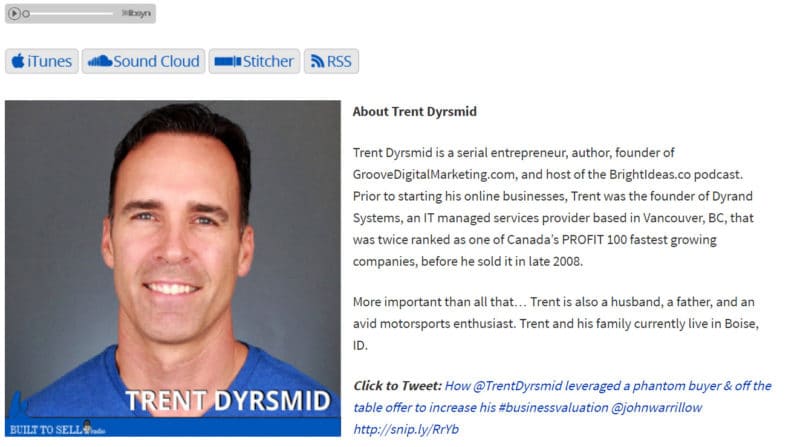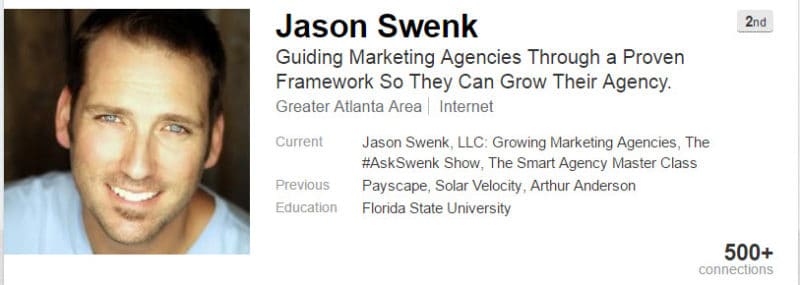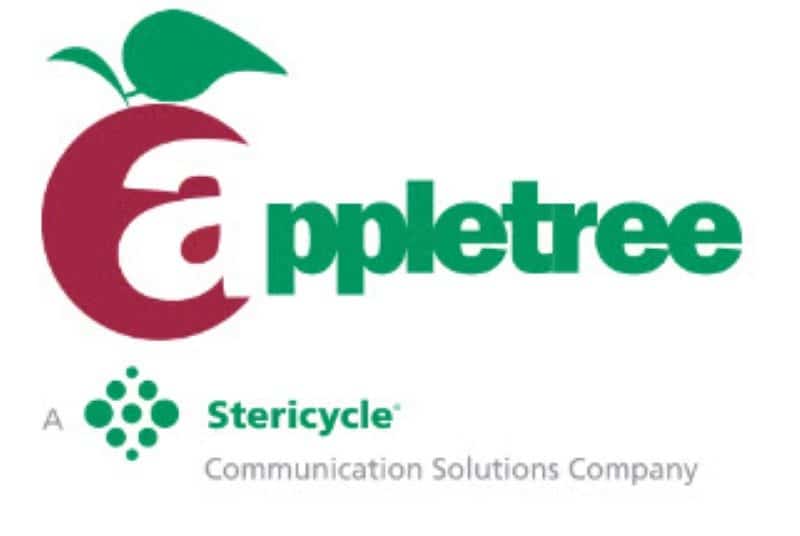Case Study #4: The Phantom Buyer
 Years ago Trent Dyrsmid was one of the principals of Dyrand Systems, a Vancouver-based IT firm.
Years ago Trent Dyrsmid was one of the principals of Dyrand Systems, a Vancouver-based IT firm.
He managed to build the company to $1.2M in revenue before a series of events forced a sale…and to a party he never expected.
Where they started
Like many IT firms “back in the day,” Trent was running a basic break/fix IT service. There was still the notion of computers and technology being somewhat of a utility – like water or electricity – and the idea that you didn’t really need to worry about those things until something was broken.
But early in 2002, due to competition for a client with a much larger competitor, Trent came across “managed service,” in which a monthly recurring charge covered ongoing monitoring and maintenance. These days, such a service is the industry standard.
Growth peaked
Trent had a lot of success growing the business, doubling revenues until they approached $1M in topline…and then things slowed down a bit. They were in an odd place, as when they approached larger clients that already had IT staff, they were fought tooth and nail (because the IT guy didn’t want to get fired) and smaller firms were already paying at “budget” or above, because they didn’t really count IT as an integral part of their businesses.
Where things started to go wrong
Trent decided that “sales cure all” and told the management team that he was heading to Seattle to help build and grow an office there to push revenues. He didn’t really get buy-in from the management team and, though he was growing revenues, two months later he got an email from his co-founder offering to buy the business for $1M ($200k in cash, $800k in a note). In addition, an ultimatum was included that if the offer wasn’t accepted in 24 hours, the co-founder was going to quit.
The other offer
Before all of this had ever happened, a competitor in the space had offered Trent the same amount (but all cash) for the business. Trent wasn’t really in the mental space to sell and so he simply turned down the offer, but continued to keep in touch with the potential buyer.
As he moved to try to deal with the fire in his backyard, he reached back out to the potential buyer, expressing a willingness to sell, but asking for more, since the latest quarter showed significant growth. But the buyer smelled a problem and asked a key question, “How long will the co-founder stay on?” to which Trent answered “a year”. But, because the previous answer had been “three years”, the buyer halved his offer instead of raising it, and Trent was now looking at a $500k sales price.
The wait
Due to advice from a savvy friend, Trent had informed the co-founder that there was a possible sale in the background and there was no need to resort to the drama of a 24-hour ultimatum. The co-founder agreed but got anxious waiting for the buyer he thought was bidding at $1M. When he called Trent asking for an update, Trent responded, “Well, you guys could always up your bid for the company and buy it yourself.” That’s exactly what they did, but they never realized they were bidding against themselves. Trent accepted the deal at $1.2M, or $700,000 more than was on offer.
Lessons learned
- Before you make a major decision, confer with your team rather than simply inform them of something already decided. You’ll get better buy-in and/or find out if you’re really headed in the right direction.
- Pay attention. The COO, who Trent had hired a year before all this happened, was the “snake in the grass” that initiated the entire process by convincing the co-founder to threaten to quit and offering to put up the $200k in cash. But his performance had been nonexistent.
- Sometimes waiting helps. If he’d gone back to the co-founder in a panic with the much-decreased offer, he would’ve gotten even less than the original ask/offer. Instead, he let the weaker party make the move first…and he won.
Trent now hosts a podcast and helps to coach other small business owners on exits. To learn more details about his story, click here.
Apex is actively looking for Advisors to join our team. If you or someone you know would like to learn more, contact Doug Hubler at or 913-433-2303.

 In 1986 David Phelps started a dental practice called the Gentle Dental.
In 1986 David Phelps started a dental practice called the Gentle Dental.
 How it started
How it started